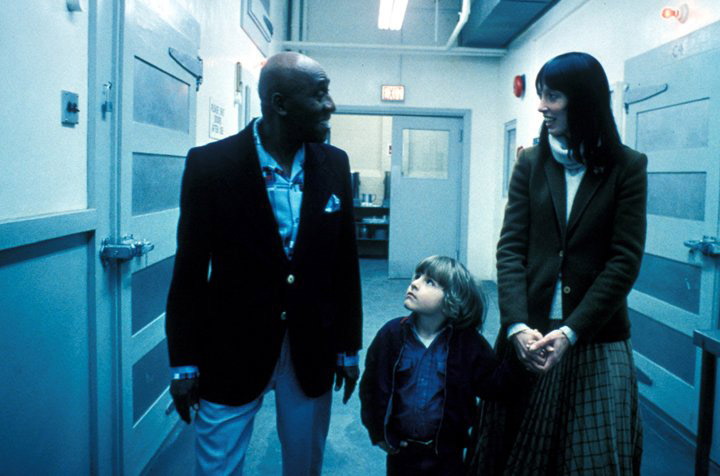
(c)2007 Warner Bros. Entertainment Inc. All Rights Reserved.
The true nature of the curse that emerges when comparing multiple versions of “The Shining” *Spoiler alert
2018.09.19
Indian designs often used in hotels
As mentioned earlier, changes to the settings and ending of the main characters, including Jack, are obvious points of change, but there are also important differences in the depiction of the Overlook Hotel. It's obvious when you compare it with the drama version. The interior of the hotel in the movie has Indian designs all over it, from the patterns on the walls and floors, the rugs and tapestries, from the abstract painting in front of the manager's office to the baking powder cans in the food storage room. It is seen here and there. According to the bonus footage for the Blu-ray version of The Shining, the interior design of these hotels was inspired by the Ahwahnee Hotel (renamed Majestic Yosemite Hotel in March 2016) in Yosemite National Park.
The film also hints at a connection with Indians in its dialogue. In the beginning, the manager Armand, who guides Jack and his wife, explains that the place where the hotel was built was once an Indian burial ground, and that the hotel was attacked several times by Indians during construction. Also, in a scene that was removed from the international version, where they are shown around the large Colorado Lounge, Wendy (Shelley Duvall) says, ``I've never seen such a wonderful place.Are all the Indian designs real?'' "Yes, it seems to be based mainly on Navajo and Apache motifs," Armand replies.

“The Shining” (c)2007 Warner Bros. Entertainment Inc. All Rights Reserved.
The hotel in the drama version, on the other hand, has an ordinary European-style interior, with the exception of a few sofas in the large hall with Indian-patterned rugs. There is no explanation that it was once Indian land. So why did Kubrick emphasize Indian elements in his films?
[Note 1...In recent years, there has been a tendency for the media to use the term "Native American" as a more appropriate term, but (1) in the dialogue in the movie, it is unified as "Indian" (2) in 1995, the U.S. According to the survey (PDF, table on page 18), 49.76% of people who belong to the relevant ethnic group prefer to call themselves "American Indian," far exceeding the 37.35% who say "Native American." For these two reasons, we have adopted the term "Indian" in this article as well]
Regarding Jack's line "The white man's curse"

